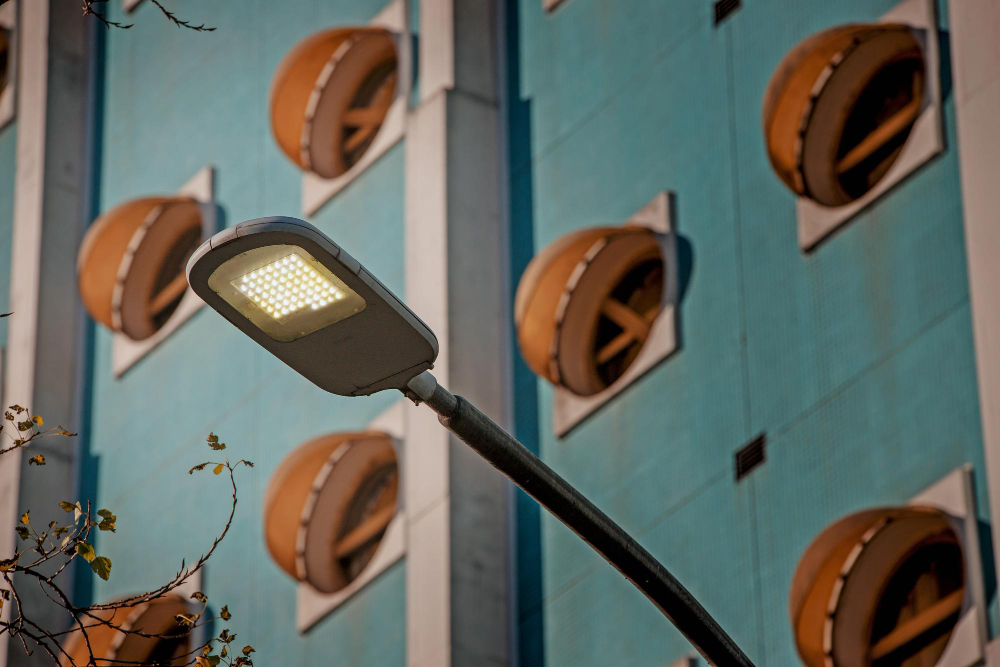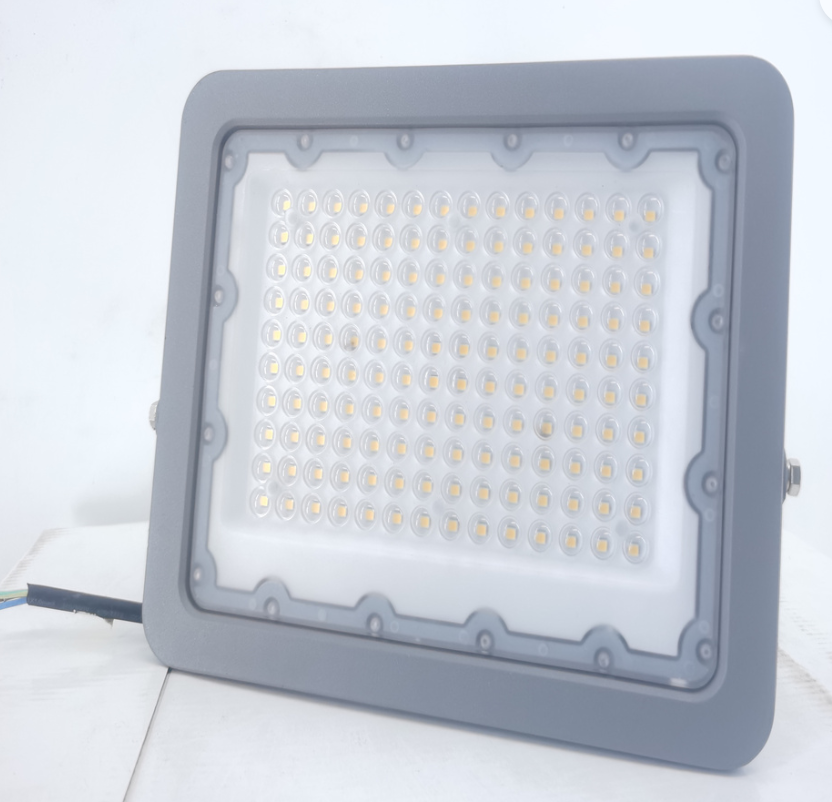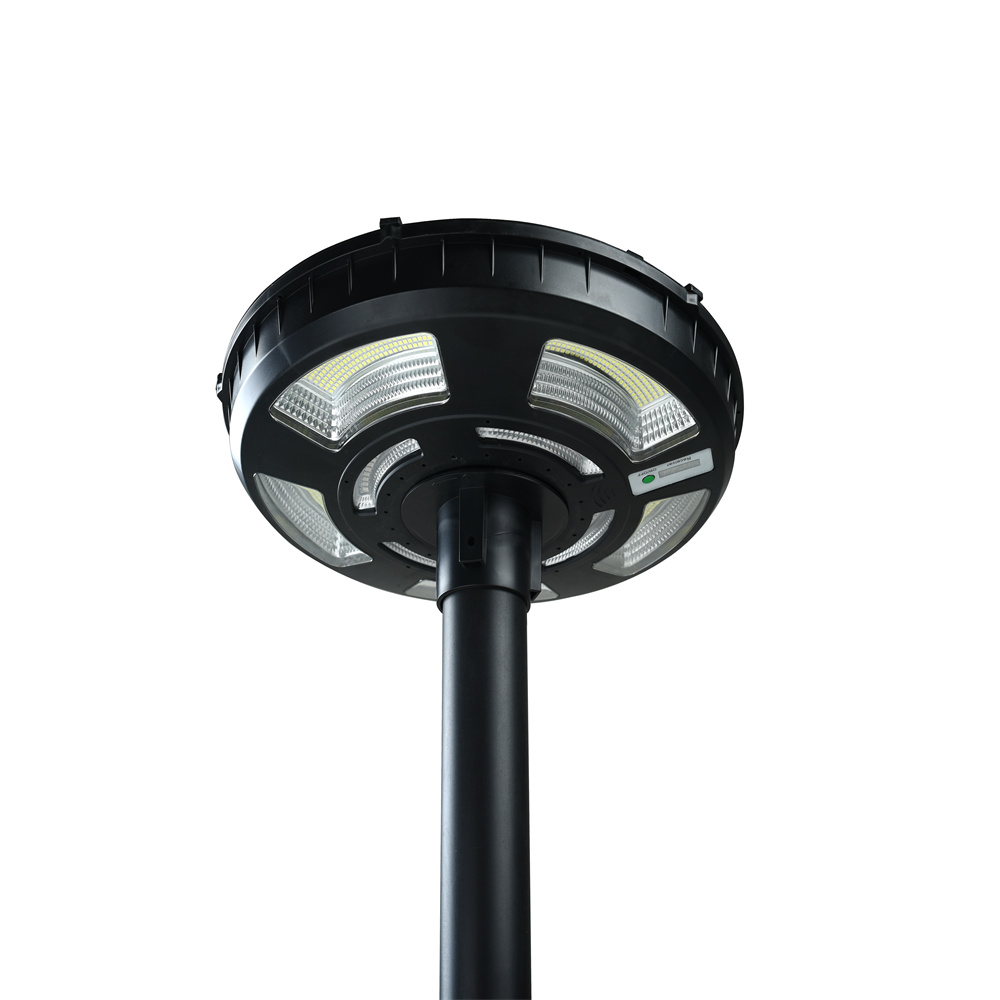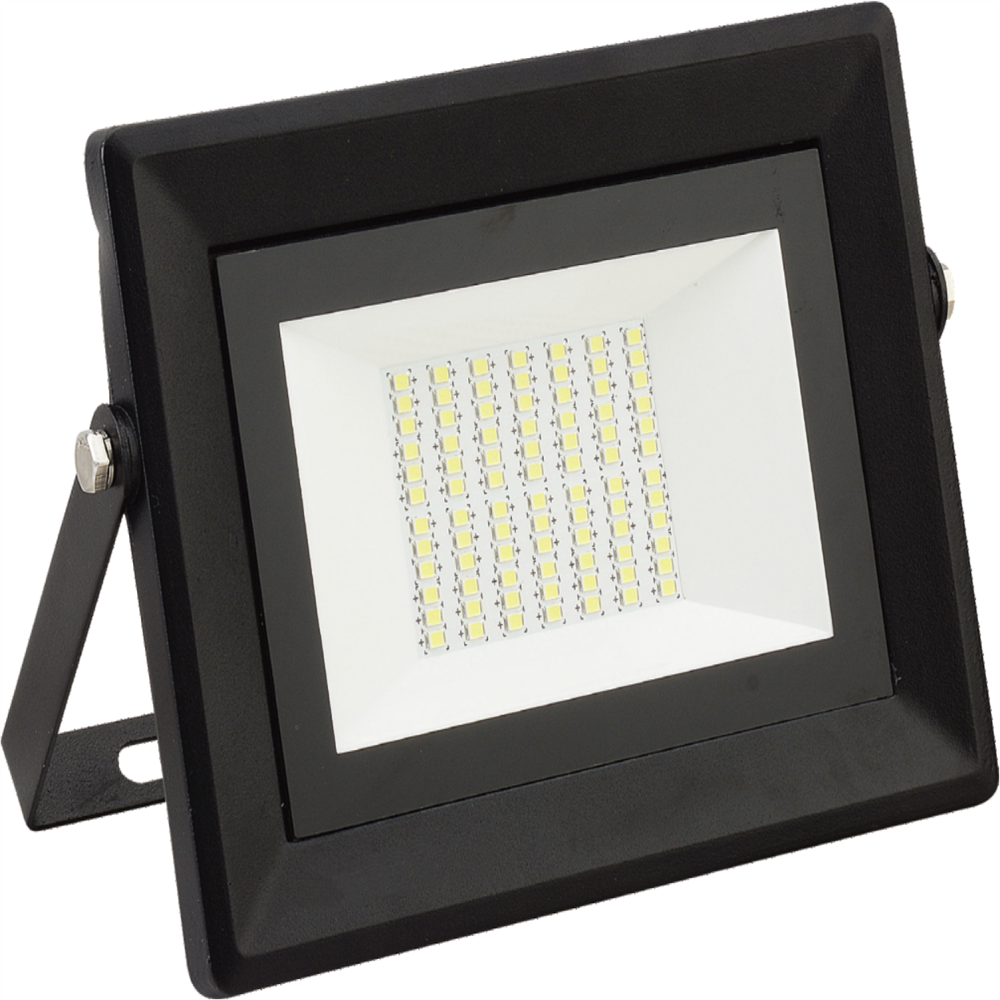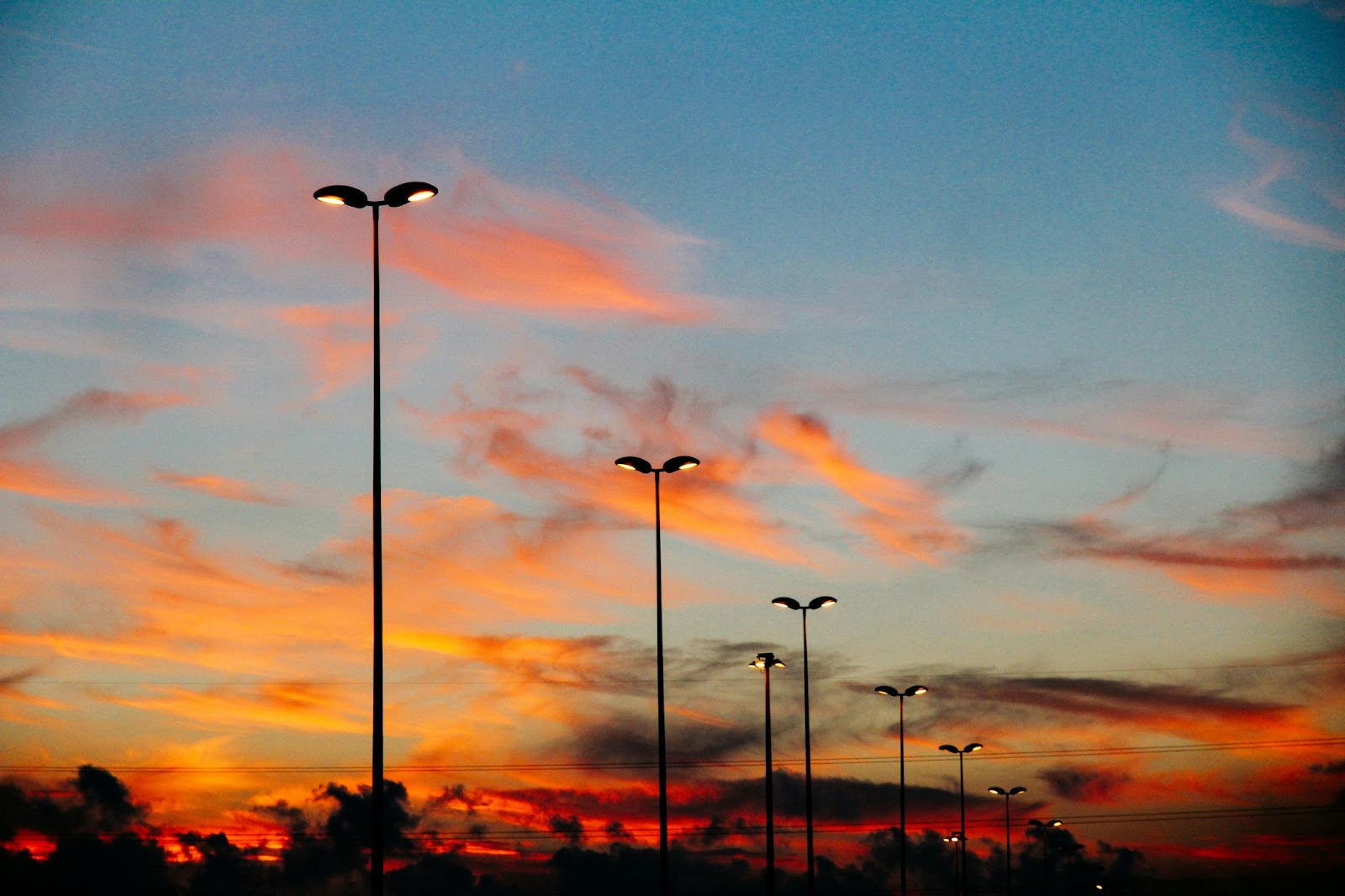During the day, solar lights collect sunlight and store it in a battery. They light up with the stored energy as darkness falls. They use photovoltaic technology, much like the solar panels you see on roofs, to function. They are useful for lighting up houses, streets, gardens, and more, both inside and outside. In locations […]
During the day, solar lights collect sunlight and store it in a battery. They light up with the stored energy as darkness falls. They use photovoltaic technology, much like the solar panels you see on roofs, to function. They are useful for lighting up houses, streets, gardens, and more, both inside and outside. In locations where connecting to the main power grid is not a possibility, they come in quite useful.
How Solar Lights Works
Photovoltaic (PV) cells convert sunlight into electrical energy, which is how solar lights function. This electricity is transferred by cables to a battery, where it is held until it is required.
The solar battery lights later utilize this energy to power an LED (light-emitting diode) bulb. Because they let electrons flow between them, LEDs are unique in that they produce light while the outside world is dark.
Because of their extreme efficiency, LEDs are ideal for solar panel lighting. Instead of burning out like conventional bulbs, they gradually diminish over time. Furthermore, they last a lot longer than conventional bulbs—thousands of hours as opposed to just a few hundred.
Types and Uses of Solar Lighting
Global demand for greener energy sources and the need to increase energy resilience, particularly in regions vulnerable to harsh weather and natural catastrophes, have driven growing sales of solar lights. Furthermore, solar illumination is closing the energy gap in areas where it is difficult to access centralized power systems.
While reducing environmental damage, solar panel LED lights provide economical, aesthetically pleasing, and simple-to-maintain lighting options for residences, commercial buildings, and public areas. As a general category for both indoor and outdoor illumination, solar lighting has many uses. Let’s examine a few typical applications for solar illumination.
Street and Parking Lights
Solar street lighting has quickly spread across towns and cities thanks to investments in renewable energy and environmentally friendly design.
In order to improve safety for both automobiles and pedestrians, solar-powered street lights provide an inexpensive way to illuminate parking lots, walkways, and roadways. Typically, each lamp consists of a post and fixture, with the post housing a small solar panel array that powers the light. With this configuration, every solar light bulbs may produce clean power on its own without requiring a connection to the main grid. It also reduces the cost of installation.
Traffic Lights
By maintaining continuous traffic signal functioning, particularly during blackouts or in locations with erratic electrical supplies, solar-powered traffic lights not only save money but also improve safety.
Solar Sign Lights
Although we may not give billboards, street signs, and shops much thought, successful signage depends on appropriate lighting. Businesses and public agencies may save money on power costs by highlighting key information using solar sign lights. To meet a range of applications, they are available in many brightness levels.
Solar Floodlights
Solar-powered emergency floodlights, as an alternative to generator-powered illumination systems, may help teams perform repairs in challenging circumstances like natural disasters or power outages. These durable solar lights are also suitable for use in companies, homes, garages, and yards that need better lighting or more security. To ward off any troublemakers, some security lights have sensors or timers built in.
Garden Lights
For lighting gardens, patios, and outdoor eating spaces, solar lights have become very popular. They come in a variety of designs and choices, and they are both aesthetically pleasing and safe.
Lawn lights may draw attention to lovely elements in gardens, such as flowerbeds, trees, or sculptures. Pool lights are perfect for adding brightness to water features, including fountains, ponds, and swimming pools. When strung between trees or stretched over a patio, a string of solar lights may create a really lovely environment. In addition to improving safety, ground lighting around driveways, stairs, or pathways gives an eye-catching decorative element to the outside area.
Environmental Benefits and Drawbacks
Purchasing high-quality solar lights may provide years of environmentally beneficial illumination for public spaces, workplaces, parks, gardens, and residences. It’s a clever method for people to save energy and lessen interruptions from extreme weather and climate events, whether they live alone or in a community.
In regions without centralized power infrastructure, such as several rural communities around the globe, solar illumination is an essential component in attaining energy autonomy. Additionally, it improves public safety by increasing personal security, reducing traffic accidents, and lighting up streets and sidewalks.
Like other solar energy systems, solar powered led does have an influence on the environment. Batteries and electrical components eventually decompose into garbage because they contain dangerous elements that must be handled carefully to avoid contamination. Lead, lithium, polymers, and sulfuric acid are all possible ingredients in batteries, while other metals and plastics are present in PV panels and electrical components. These compounds have the potential to damage the environment if improperly disposed of.
This presents a serious problem in poor countries, where there is sometimes no regulation of trash management, which results in hazardous disposal methods and a rise in environmentally harmful electronic waste. When these items approach the end of their useful lives, several nations require or promote their recycling.
In order to guarantee the safe disposal of solar materials once they are no longer useful, there is a rising worldwide push for strengthening recycling methods. This is true for both conventional and solar lighting systems.
No matter where you live, you should always put quality first and investigate how long your solar lighting items will last. To ensure that the items’ environmental advantages persist over time, choose those with a reputation for durability.
Read Next: 5 Great Outdoor Lighting Brands





